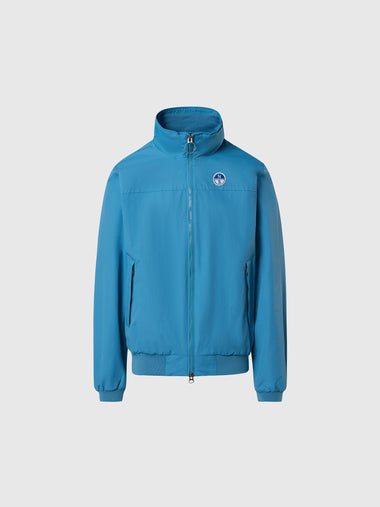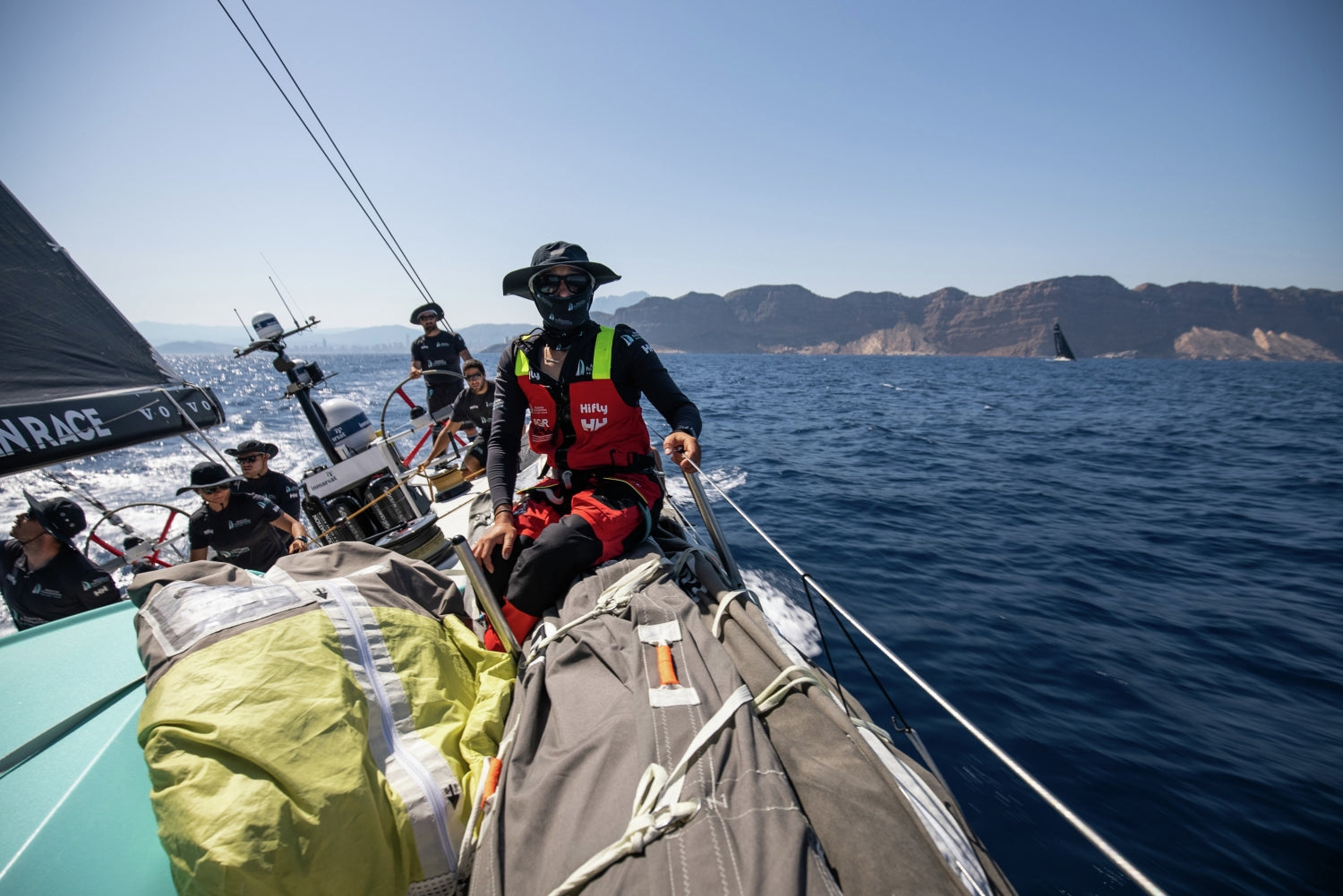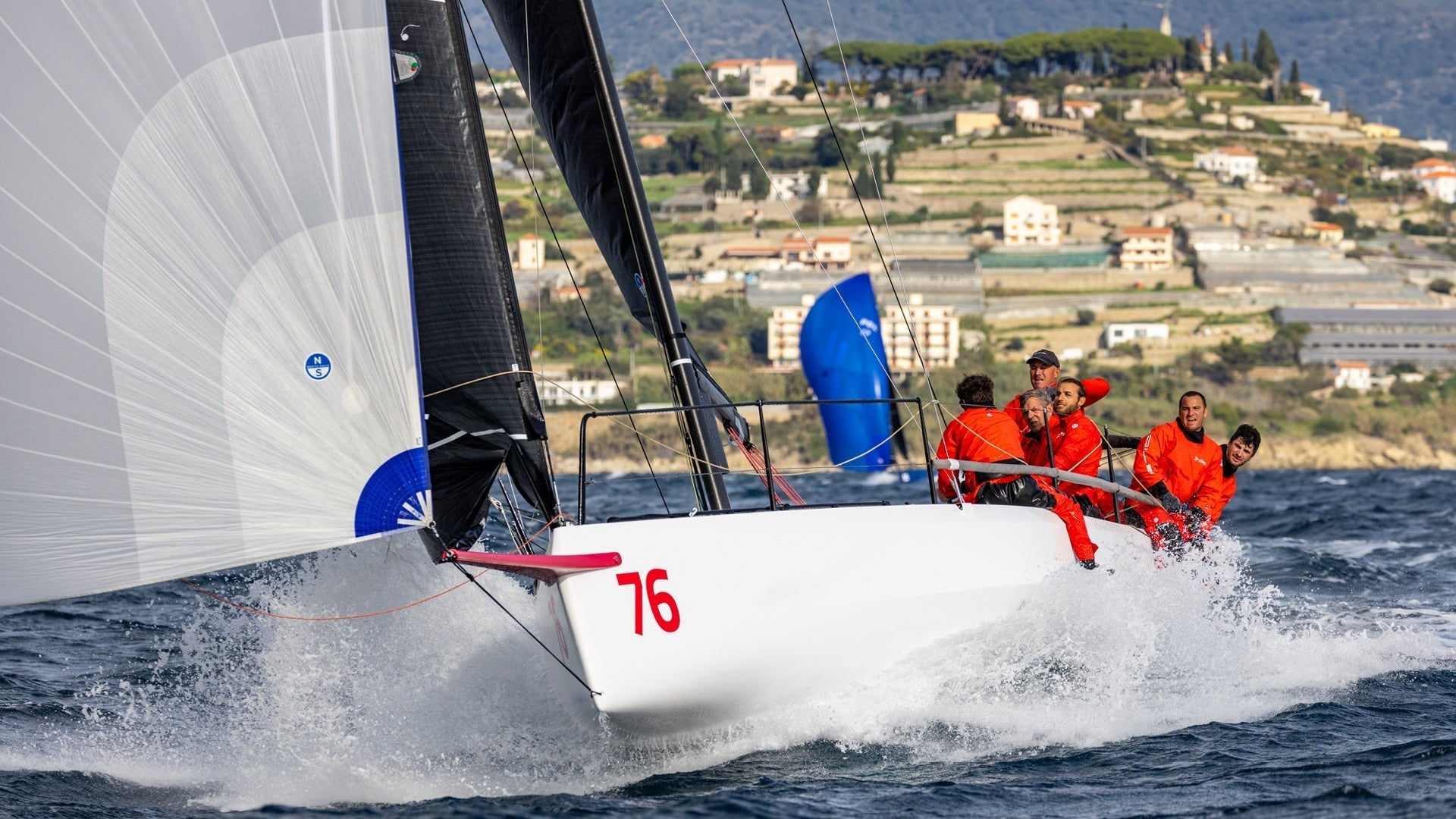SPRINT SAILING EXPLAINED
Ken Read dives into sprint sailing, and how to best manage what little time you have to the finish line.

First of all, you can really break sailing into three categories: around the buoys or laid marks, sprint sailing, and full blown offshore distance sailing. Around the buoys sailing is everything from your dinghy sailing, weeknight Beer Can racing, TP52 events or America’s Cup. Full blown offshore events are a minimum of three days, in the ocean, mostly away from land. Events like the Ocean Race Europe are classified as “sprint sailing.” But what exactly is sprint sailing and how is it different from the other type of sailing we do?
For a lot of us, it’s a fine line between sprint sailing and offshore sailing. So I’ll classify sprint sailing as typically 1-3 days, around a lot of headlands and other natural features that you wouldn’t find in the middle of the ocean. With sprint sailing you have to manage your time and you have to tweak a crew to really be able to withstand lack of sleep. It’s all about not losing a meter when the opportunity comes and gaining a meter when the opportunity presents itself. In this type of sailing, very often races are won and lost by very small distances.

I personally think that sprint sailing is as hard or in some ways harder than full blown distance racing. And the reason is simple: You can’t really find your rhythm. You can’t find a good watch pattern and sleep pattern so you can replenish your batteries. In these short races, often you do it with very, very little sleep. And when the sleep that comes, it comes due to true exhaustion. Therefore, as soon as you start to wake from your sleep, you’re panicked that you’ve missed something really important because, frankly, in sprint sailing, those little things are really important.
Building a crew around sprint sailing is probably a little different as well. In our last article here, we talked about the need for fixing things and having a crew who is very adaptable to several different types of boat maintenance or types of jobs on board a boat. Well, in sprint sailing, you really can’t afford to slow down and fix things. So you’re either full bore, 100% or you’re not. Which makes it even more about speed and trimming and navigation than your typical offshore racing.
Finally , sprint sailing is reliant on navigation and often local knowledge; how and when to use the shoreline, how and when to use sea breeze, how and when to get away from shorelines and sea breeze. Local knowledge might affect a race course too, especially around headlands. And then of course, current and how current affects the race course. Because again, you’re going around places where current is probably far more of an opportunity or deterrent than what it would be in the middle of the ocean.

I personally think it is really hard and that’s why I love it so much. The double handed sailing that I did this past summer on Alchemist was classic sprint sailing, where you really just couldn’t sleep. Not only were you under manned onboard the boat, but the race was going to be short enough that any meter you could gain was a good meter.
For the Ocean Race Europe, my final thought is that quite a few of these teams are using this event as a try out for the main event next year—around the world. This sprint sailing is a bit of a teaser for what an individual sailor or entire team is like on board the boat. With a three day race, you start to get a good feel about what a crew person is going to be like for the long haul, out in the middle of the ocean when the chips are down or when things are good. And it’s a great opportunity for the skippers and team leaders of these programs to get a feel for who is good at what. However, they have to remember that this is still a sprint and that it is a different world once you get out, offshore, in a 20-plus day leg. I guess at the end of the day, a little bit of an interview, no matter how short the time may be on board the boat, is better than nothing.




























